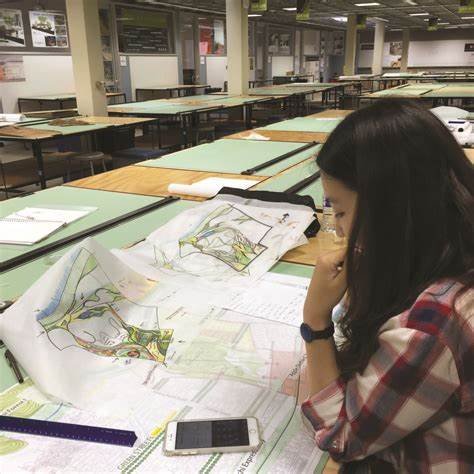Promoting biodiversity in landscape design is essential for creating spaces that thrive with life and support ecological balance. Whether you’re designing a backyard or a public park, incorporating strategies that encourage biodiversity benefits both the environment and the people who use the space. By focusing on plants, wildlife, and sustainable practices, you can design landscapes that are beautiful and environmentally friendly.
Why Biodiversity Matters in Landscape Design
Promoting biodiversity in landscape design ensures that plants, animals, and microorganisms coexist in harmony. Biodiverse landscapes support pollination, improve soil health, and create natural resilience to pests and diseases. They also provide habitats for wildlife, which helps maintain ecological balance and enhances the beauty of the area.

1. Use Native Plants for Local Support
Including native plants in your landscape design is one of the most effective ways to promote biodiversity. Native plants are well-adapted to local conditions, requiring less water and maintenance. Additionally, they attract native pollinators like bees, butterflies, and birds, creating a self-sustaining ecosystem.
2. Create Diverse Plant Layers
To support various species, design landscapes with multiple plant layers. Incorporate ground covers, shrubs, and tall trees to provide shelter and food for different types of wildlife. The variation in height and structure mimics natural habitats, encouraging a rich diversity of species.
3. Design Pollinator-Friendly Spaces
Pollinators like bees, butterflies, and birds are crucial for a biodiverse environment. Include flowering plants that bloom at different times of the year to provide a consistent food source. Adding water features like shallow bowls or small fountains also supports these essential creatures.
4. Build Wildlife Corridors
Wildlife corridors connect fragmented habitats, allowing animals to move freely and find resources. In urban or suburban areas, these can include hedgerows, green roofs, or even tree-lined pathways. Connecting green spaces promotes biodiversity and supports species that might otherwise be isolated.
5. Reduce Lawn Space
Traditional lawns often require excessive water, fertilizers, and pesticides, which can harm biodiversity. Replacing parts of a lawn with native grasses, wildflower meadows, or ground covers creates a more biodiverse and sustainable environment. This approach also reduces maintenance while enhancing the visual appeal of the space.
6. Incorporate Water Features
Water features such as ponds, rain gardens, or even small streams are excellent for promoting biodiversity in landscape design. They provide habitats for aquatic species and drinking water for birds and mammals. Be sure to include native aquatic plants to support a balanced ecosystem.
7. Avoid Chemical Pesticides and Fertilizers
Chemical pesticides and fertilizers can harm beneficial insects, soil organisms, and nearby waterways. Instead, opt for natural alternatives like compost, mulch, or integrated pest management techniques. These sustainable practices improve soil health and protect the delicate balance of the ecosystem.
8. Install Birdhouses and Insect Hotels
Providing shelters for wildlife encourages biodiversity in your landscape. Birdhouses, bat boxes, and insect hotels offer safe spaces for species to live and reproduce. Place them strategically around the property to maximize their effectiveness and attract various animals.
9. Promote Soil Health
Healthy soil is the foundation of a biodiverse landscape. Enhance soil quality by adding organic matter like compost or mulch, and avoid practices that compact the soil. Healthy soil supports plant growth and encourages a diverse range of microorganisms and insects.
10. Educate and Involve the Community
Engaging the community in biodiversity efforts can amplify the impact of your landscape design. Host workshops or provide informational signs about the plants and wildlife in the area. When people understand the importance of biodiversity, they’re more likely to support and sustain these efforts.
Conclusion
Promoting biodiversity in landscape design is about creating spaces that benefit both nature and people. By focusing on native plants, sustainable practices, and providing habitats for wildlife, you can design landscapes that thrive with life and resilience. These strategies not only protect the environment but also make your outdoor spaces more vibrant and enjoyable.




